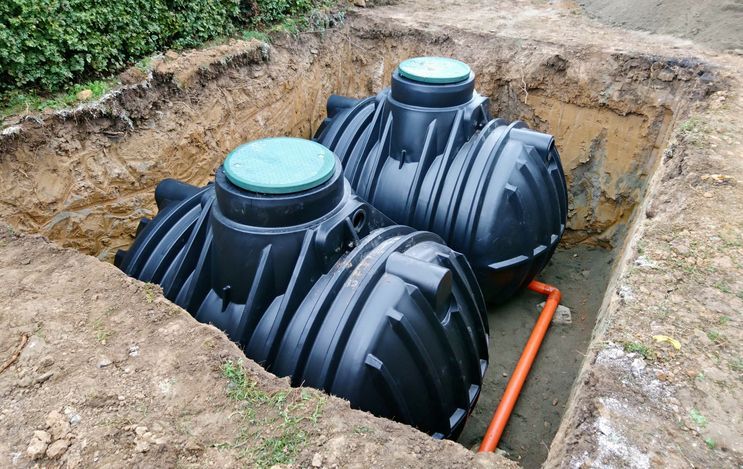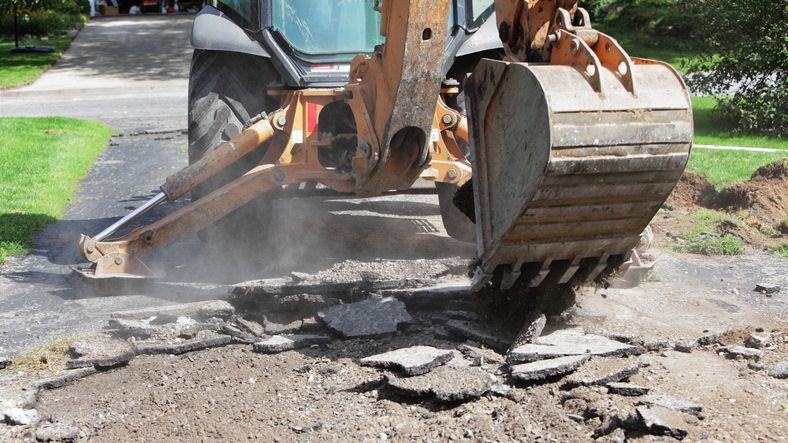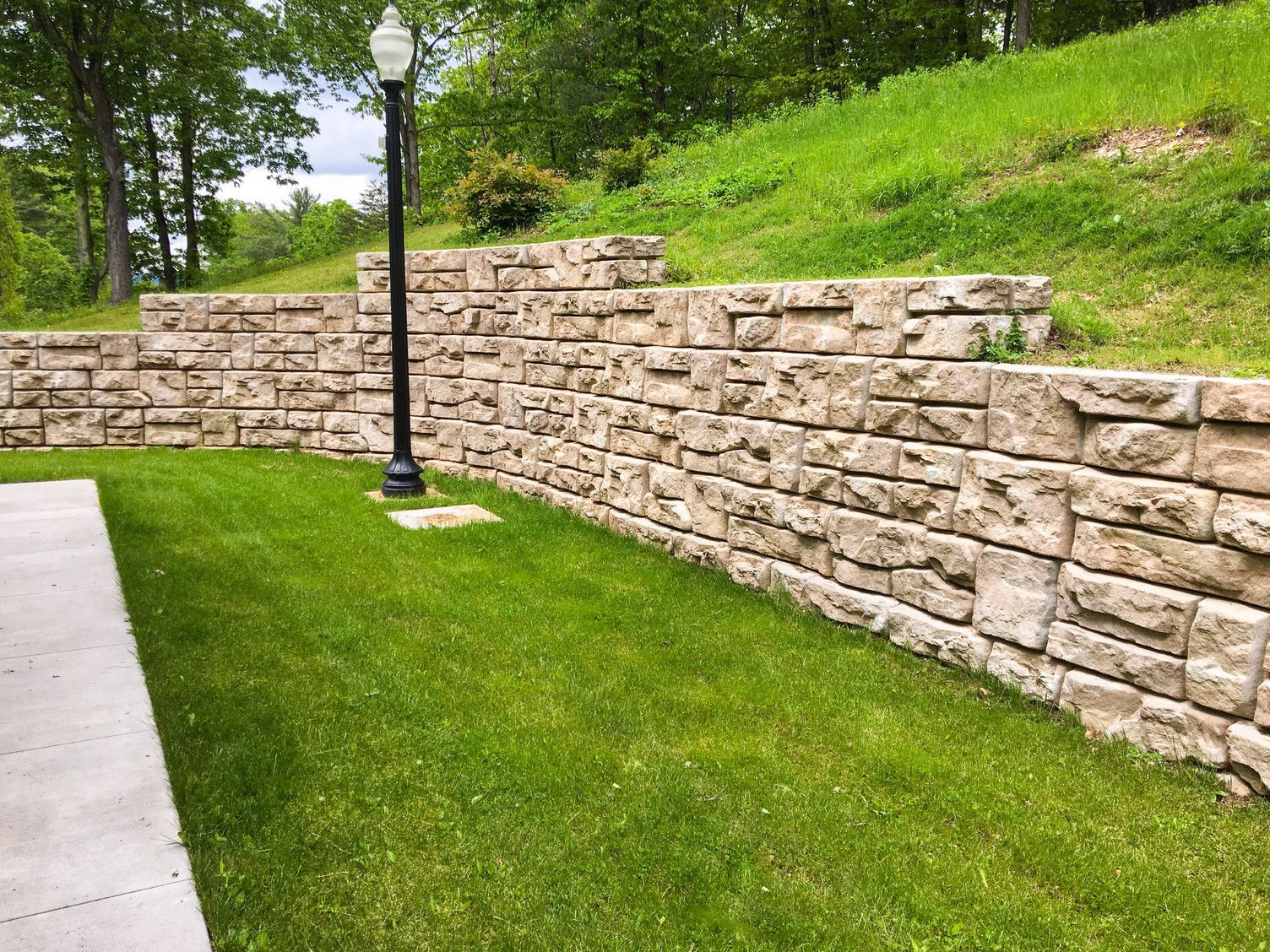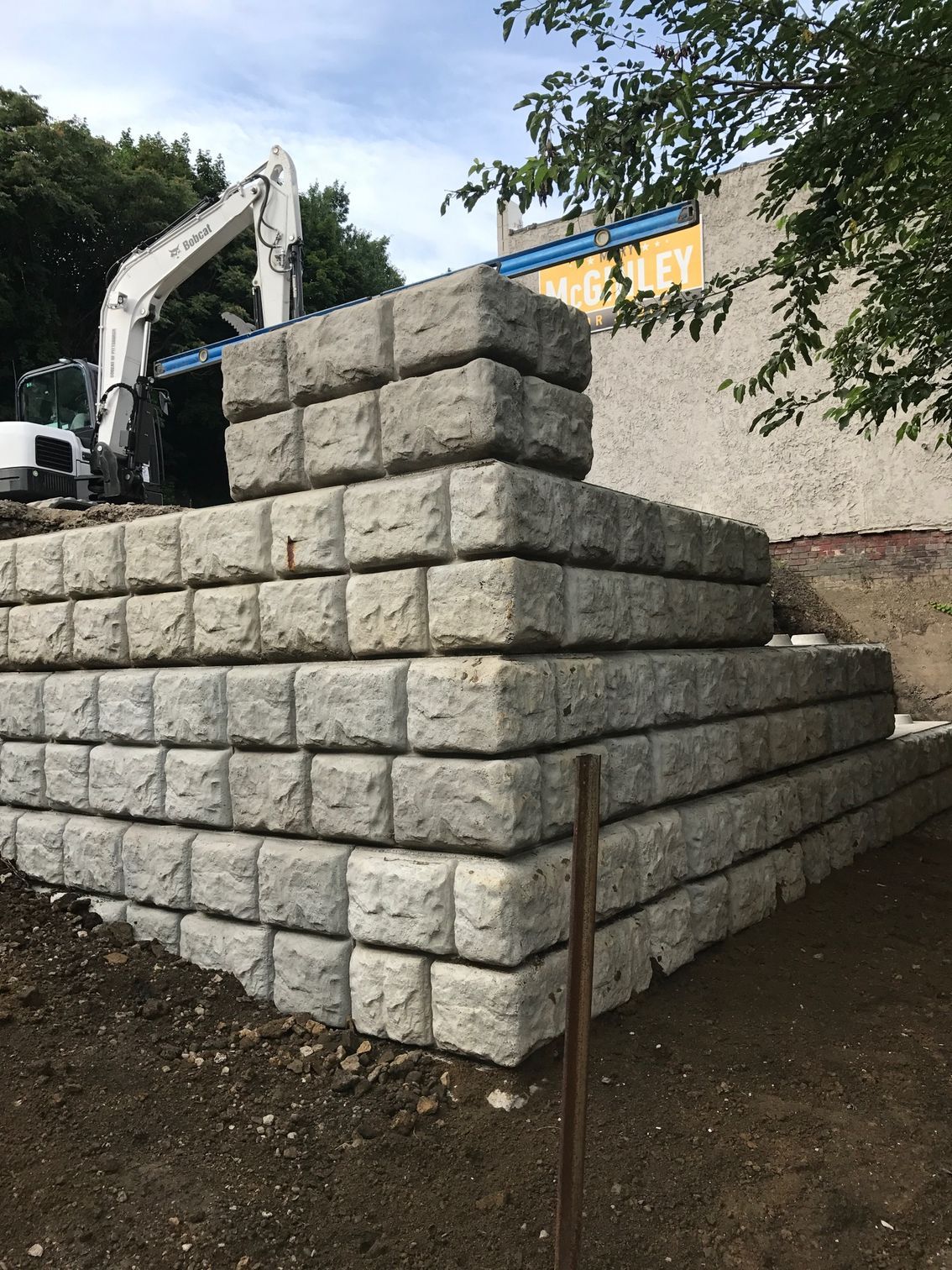Why Water Pooling in Your Yard Isn't Just Annoying - It's a Risk to Your Home
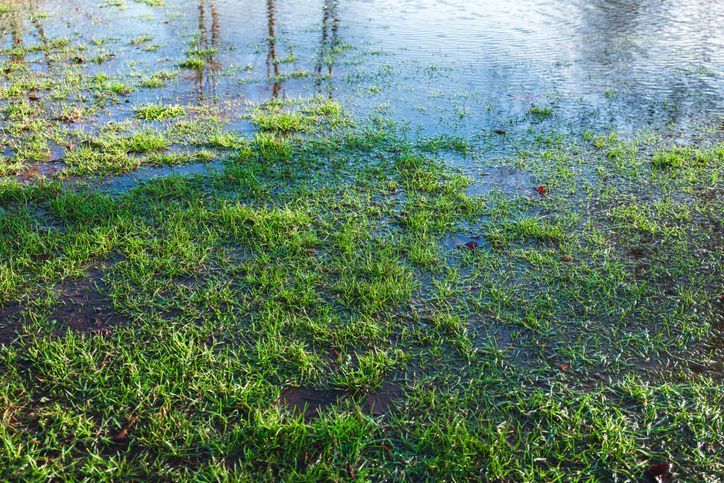
If you've ever walked through your yard after a rainstorm and found your shoes sinking into soggy grass or noticed puddles that linger for days, you're not alone. Many Pittsburgh-area homeowners deal with water pooling and slow-draining soil, especially in neighborhoods built on hilly terrain with clay-heavy ground.
At first, standing water might seem like a minor inconvenience. But over time, that excess moisture can cause severe damage to your foundation, landscaping, and even your home's value.
In this guide, we'll explore what causes yard drainage issues, the hidden risks of ignoring them, and how J Bird's Landscaping can help homeowners in the South Hills and surrounding Pittsburgh areas prevent water damage for good.
What Causes Water Pooling in Your Yard?
Pooling water can come from several sources — and in the Pittsburgh region, the landscape and soil make it a common problem.
1. Poor Grading or Slope
Your yard should naturally slope away from your home so rainwater drains downhill and away from the foundation. Over time, soil shifts or landscaping changes can flatten or reverse that slope, allowing water to collect near your home instead.
2. Compacted or Clay-Heavy Soil
Western Pennsylvania is known for its dense, clay-based soil. While sturdy, it doesn't absorb water easily. Once the soil becomes compacted from foot traffic or heavy equipment, it seals off, trapping water on the surface instead of allowing it to soak in.
3. Inadequate or Missing Drainage Systems
If your property lacks a proper drainage system — or if existing pipes or drains are clogged — rainwater has nowhere to go. This often leads to low spots that stay saturated long after a storm.
4. Downspouts Discharging Too Close to the Foundation
When gutters and downspouts empty right beside your home, they can overwhelm the soil around the foundation. That constant moisture can seep into basements and cause cracks in the foundation over time.
5. Runoff from Neighboring Properties or Hardscapes
Driveways, patios, and roofs can redirect runoff in unexpected ways. If neighboring properties are slightly higher, their excess water may naturally flow into your yard.
The Hidden Risks of Standing Water
Water pooling might seem harmless at first, but its long-term impact can be severe — both structurally and financially.
1. Foundation Damage
Constant moisture exposure can weaken your foundation. Water seeps into cracks, freezes during winter, and expands, worsening existing fractures. Eventually, this leads to leaks, basement flooding, or even foundation shifting.
2. Erosion
Pooling water and runoff wash away topsoil, especially on sloped yards. This erosion destabilizes the ground beneath patios, retaining walls, and walkways, causing cracks or collapse.
3. Lawn and Plant Health
Grass and ornamental plants need oxygen to thrive. When soil stays saturated, roots suffocate, leading to dead patches, fungus, and mold growth. Even well-maintained landscapes can deteriorate under prolonged soggy conditions.
4. Mosquitoes and Pests
Standing water provides the ideal breeding ground for mosquitoes, gnats, and other pests. Beyond being a nuisance, insects can carry diseases and make outdoor living uncomfortable.
5. Decreased Property Value
Visible drainage problems, soft spots, erosion, or mildew on foundation walls can raise red flags for appraisers and potential buyers. Resolving drainage issues early protects both your home and peace of mind.
Why DIY Drainage Solutions Often Fail
Many homeowners try to fix pooling issues on their own with quick fixes like gravel, sod, or shallow trenches. Unfortunately, these short-term solutions rarely last.
Incomplete Fixes:
Adding gravel or replanting may hide the symptoms, but doesn't change how water moves through your property.
Misdiagnosed Problems:
Without understanding the natural slope or subsurface conditions, DIY attempts can send water to the wrong place — sometimes closer to the house.
Erosion Risks:
Poorly placed drains or regrading can worsen runoff, damaging existing landscaping or hardscape.
Because drainage problems often involve soil structure, slope, and underground water flow, they're handled best by professionals who can design a comprehensive, long-term plan.
Professional Drainage Solutions That Work
At J Bird's Landscaping, our team specializes in diagnosing and resolving drainage problems throughout the Pittsburgh region. We combine expertise in excavation, grading, and hardscaping to design systems that keep your property dry and stable.
1. French Drains
A French drain collects water below the surface and redirects it safely away from your home or yard. It's ideal for properties with consistent soggy spots or downhill water flow toward the house.
2. Grading & Re-Sloping
Adjusting the grade of your yard ensures that water drains naturally away from foundations and problem areas. Proper grading is one of the most effective long-term fixes for standing water.
3. Retaining Walls with Integrated Drainage
When built correctly, retaining walls do more than hold soil — they manage water flow. J Bird's installs retaining walls with built-in drainage to prevent pressure buildup and erosion.
4. Catch Basins and Dry Wells
For larger yards or heavy rainfall areas, catch basins and dry wells collect excess water and allow it to disperse underground gradually. These are typically paired with French drains for maximum effectiveness.
5. Excavation for Major Drainage Problems
Sometimes, surface solutions aren't enough. Excavation allows our team to address compacted layers or redirect underground water flow, ensuring lasting protection for your property.
Why Work with J Bird's Landscaping
Choosing a local, experienced drainage contractor makes all the difference.
Local Experience Matters:
Our team understands the unique challenges of Pittsburgh's hilly neighborhoods, from South Hills to Mt. Lebanon and Bethel Park. We know how local soil and stormwater patterns affect drainage — and we design systems built to handle them.
Full-Service Capabilities:
We don't just install drains — we offer complete solutions that include excavation, grading, water retention systems, and hardscaping. This means every aspect of your property's drainage and structure works together.
Quality and Longevity:
We design drainage systems to protect your home for years to come. We use durable materials and proven installation methods to prevent recurring issues.
Take Action Before Water Damage Gets Worse
Ignoring standing water won't make it go away — in fact, it often leads to more expensive repairs down the line. From foundation cracks to dead grass and flooded basements, poor drainage affects your home's health and value.
J Bird's Landscaping offers comprehensive drainage assessments to identify the root cause of your water problems and develop a solution tailored to your property.
Ready to protect your home and reclaim your yard? Winter is coming, so don't wait!
Schedule a drainage consultation today and discover how J Bird's can help your landscape stay dry, stable, and beautiful — rain or shine.
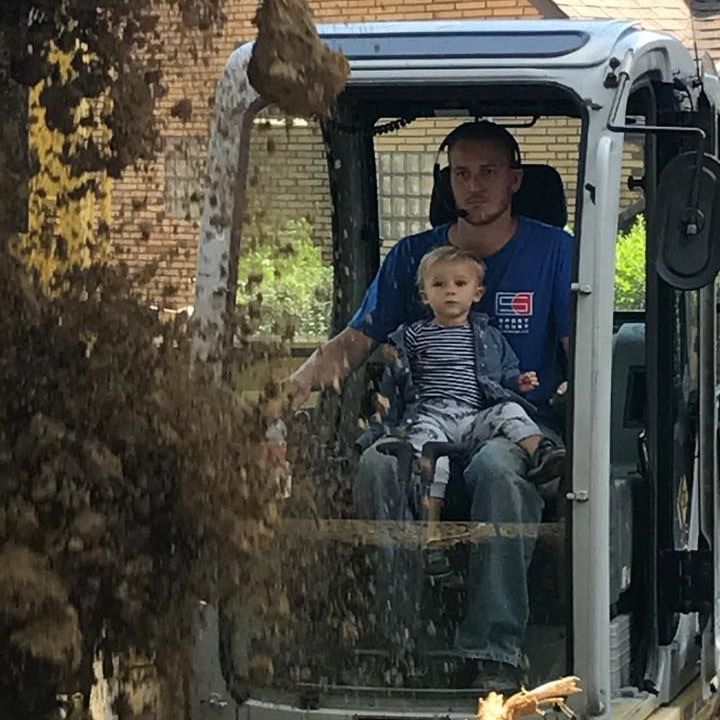
Author: Jay Nagy
Owner & Founded of J Bird's Landscaping. 18+ Years of experience in Pittsburgh lawn cutting, patio installation, trucking/hauling, French drain installation, and other landscape/design services.
More Posts from J Bird's Landscaping
